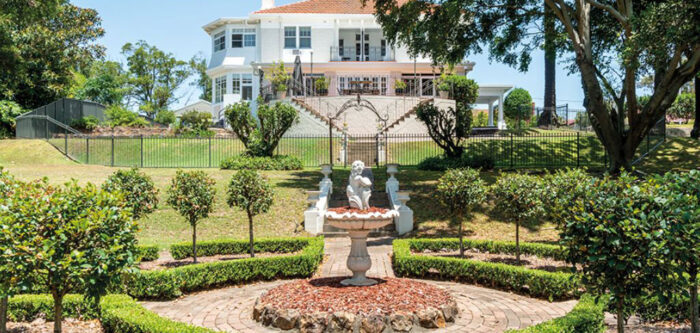
Is going solar an option for you?
When considering the viability of renewable energy sources for your home, solar is often at the top of the list. Zoe Stephens has compiled facts and figures to help with your decision.
Investigating whether a photovoltaic (PV) system will work for your lifestyle and your energy needs might be well worth it if you are intrigued by the financial benefit of producing your own power and concerned about the environmental impact of your home.
The Basics
In general, solar can be incorporated into your existing home or new home with relative ease. Concerns around fitting solar to a residence generally relate to roof space and roof pitch. If you have limited roof space, check out more efficient panel options, which produce a higher kilowatt output per hour and square metre. A north/west facing roof with a pitch of 33 degrees is widely considered ideal. “However, don’t forget about overshadowing by trees or neighbouring properties. It’s best to discuss your concerns with a company that offers both design and installation services as they can assist you in creating a solution that works for your specific situation,” says Damien Griffith, Business Development Manager at Off-Grid Energy Australia.
The Cost
The old adage about getting what you pay for does apply to PV systems too. You might save money up front but there is a long list of potential drawbacks including lower efficiency, lower quality and system lifespans, non-compliant or poor quality installations by unqualified installers and hence lower ongoing energy production or even system failure, and a longer payback period for your system. As a rule of thumb, expect to pay about $1.40 per watt (or $1,400/kW) for a solar installation after application of government rebates. Prices per watt go down with larger solar systems. Be prepared for significant price variances though. Installation on a flat roof will be more expensive as tilt frames will be required to optimally angle the solar panels towards the sun. An old roof might be more difficult for an installer to work with and hence come with higher installation cost. Prices also tend to go up with higher demand. You might be able to get a better deal in autumn and spring when solar technicians tend to be not quite as busy as in summer or winter. Finally, keep in mind that not all solar panels or companies are the same. The expertise and service you get will be reflected in the price you pay. If possible, choose a service provider that offers both design and installation and always ensure the installer can present a valid CEC accreditation photo ID.
Existing Homes
Before investing in solar, it can be beneficial to purchase an energy monitoring system. These systems can help you determine how and when you use your power and whether you can moderate certain power usage. Overall, they will aid your understanding of whether solar will benefit your lifestyle and the necessary kilowatts per hour system you will require. Energy monitoring systems such as Solar Analytics can also be used to monitor your solar generation and consumption once a solar system has been installed.
New Homes
“It makes a lot of sense to incorporate a solar power system in any new home build,” says Simon Duff, founder of Towards Tomorrow Energy. “More and more people are also opting to install standalone or off grid-power systems these days, especially if building on an acreage,” he adds. It is crucial to find the right solar consultant to work with and to tell your architect and builder about your plans. Make sure they are in direct contact as a lot of the very basic design decisions like the orientation of your home or suitable location for a battery storage system will impact the solar installation, its size, cost and efficiency. “It is very important to get the energy load profiling right. Not just for your lifestyle today, but also to accommodate for a growing family or other changes,” says Damien. Once you have a good understanding of the size of system that is suited to your particular needs it can be incorporated into your energy assessment (Basix Certificate) and the builder can allow for any extra building costs related to the installation.
Read more about in the Spring issue of Hunter&Coastal Lifestyle Magazine.

